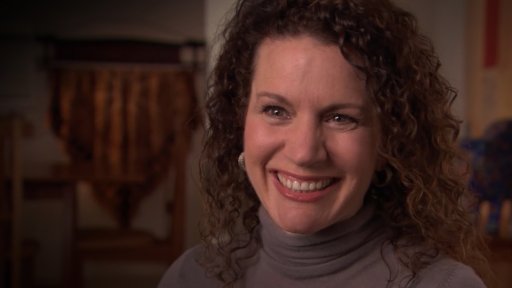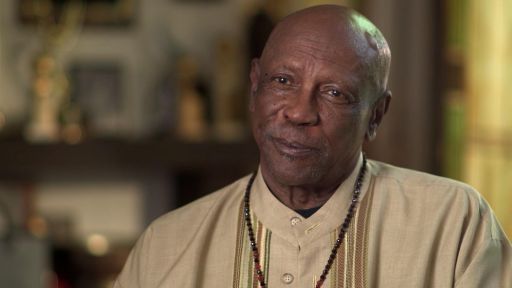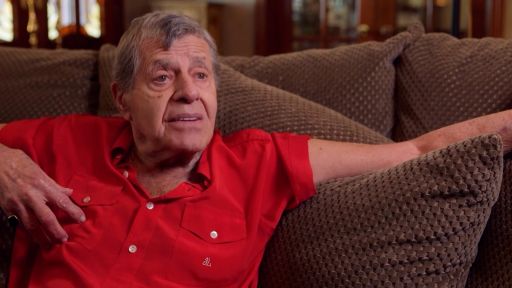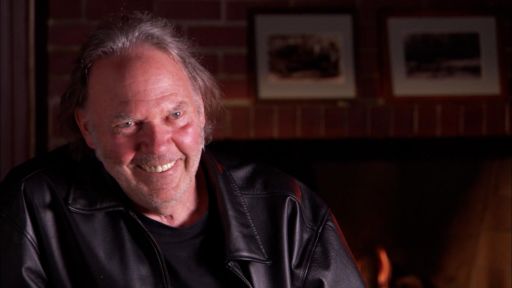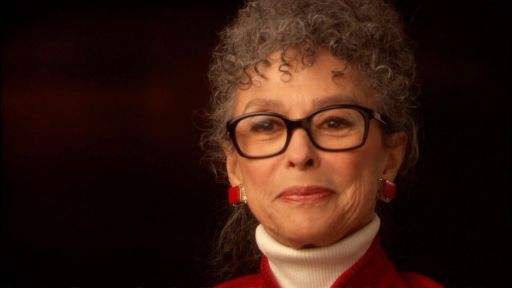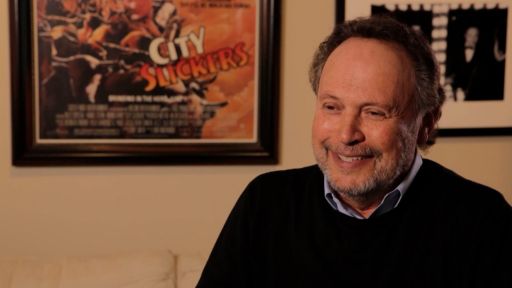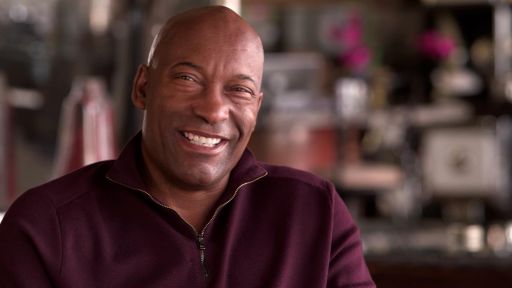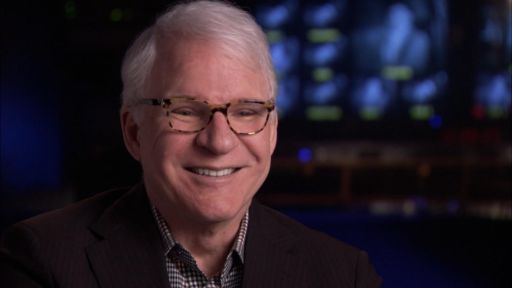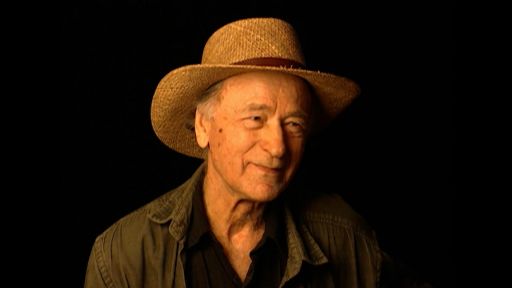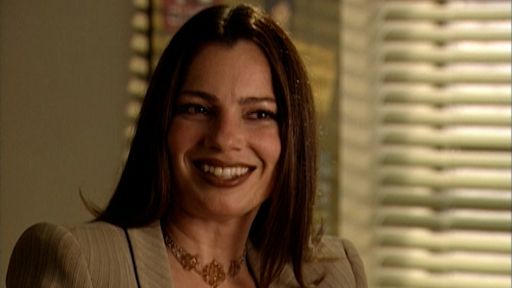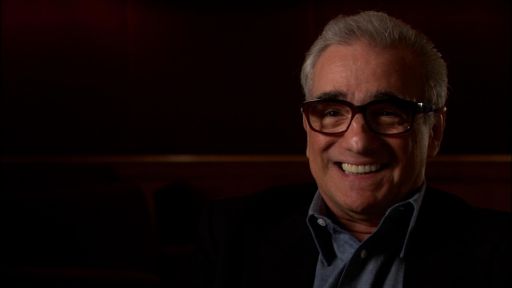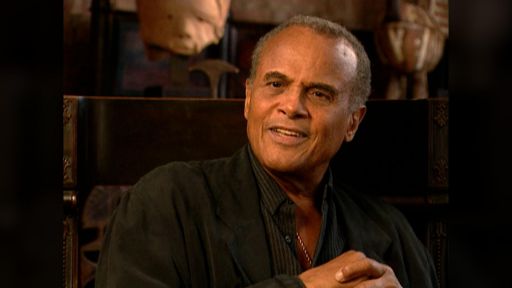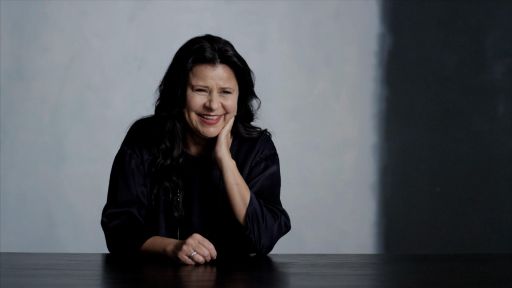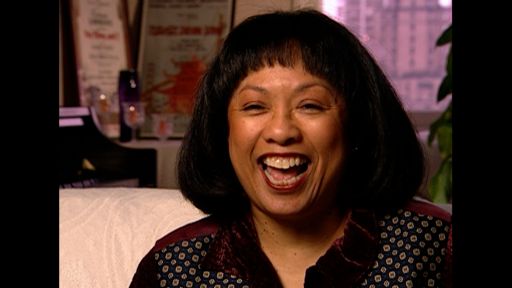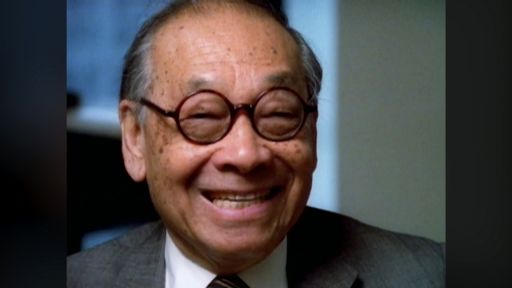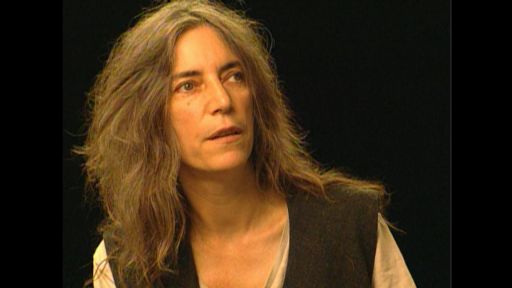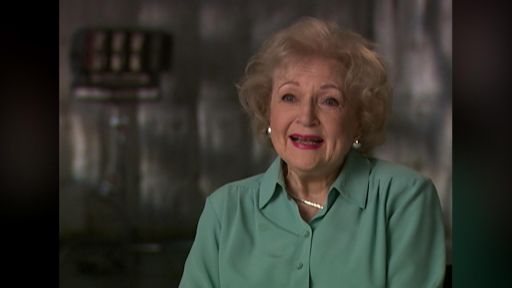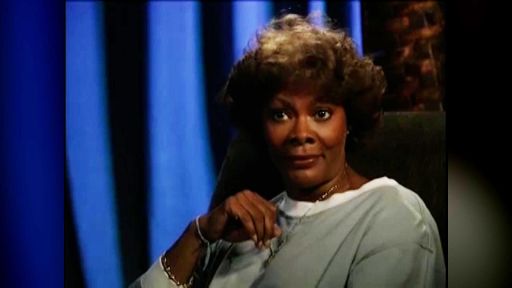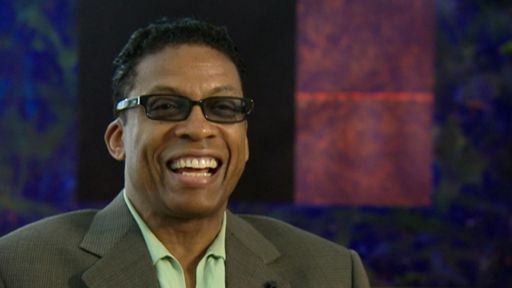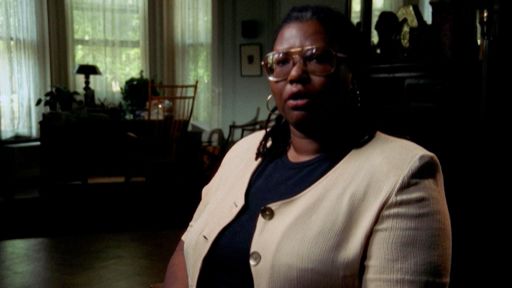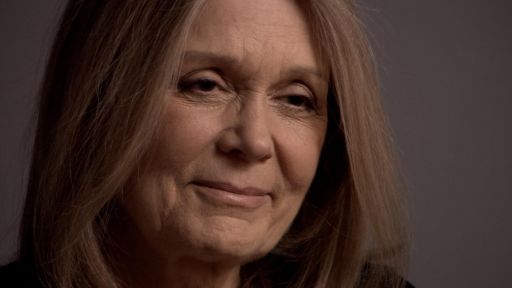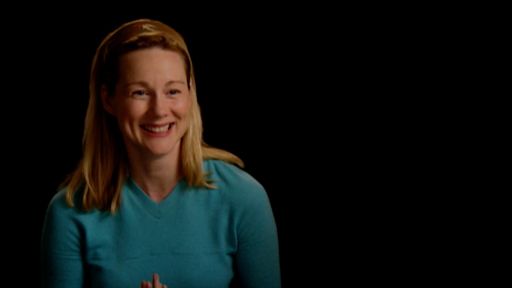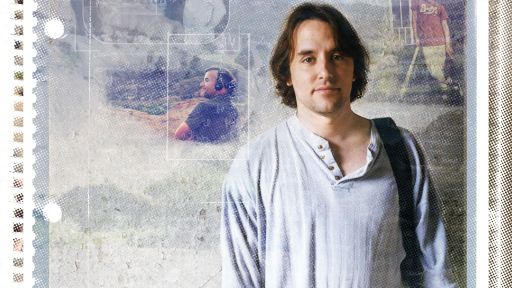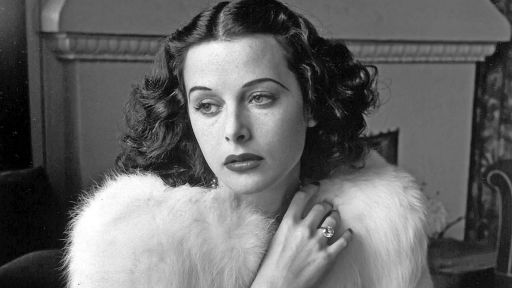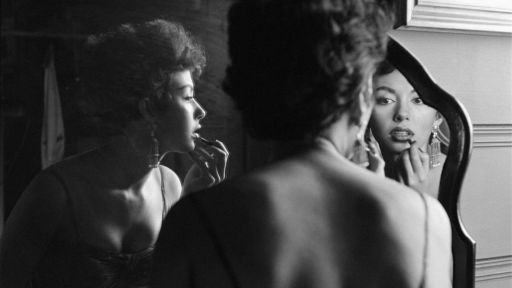TRANSCRIPT
- [Interviewer] How were you first introduced to Mae West, do you remember?
- I watched old movies as a child back when there were like four channels.
And so Mae was on heavy rotation, and I was always inspired with my look by her.
You can't really tell it, 'cause I think I read more as Wallace Beery, (laughs) another star of that era, or maybe "Fatty" Arbuckle after the winter hibernation.
But I was always drawn to Mae.
I didn't realize it until much later, but she ran the show, and here she was in these glamorous, ultra glamorous, sometimes ridiculously glamorous costumes with the picture hat, with the full length gown, beaded.
And also another thing that I kind of do like her, not exactly, but she would often wear a gown that was black slimming with white down the front of it.
So you see the white line, and you don't think of anything else that might be going on.
Now I may have incorporated that into my beaded collar today.
Thanks, Mae.
But, yeah, she was draggy because she did such a look.
She wasn't wearing separates.
This stuff was custom-made, and it was giant picture hats, boas, lots of high contrasts, black and white.
She loved that because it does make you jump out in any shot.
Boo!
No.
(laughs) So she definitely had her own thing, and just hearing that crazy, "Oh!"
I mean, if you know what that is, it just transports you into her world all over again.
A lot of the look was in the trimmings and what she added to herself because especially once surefire far way to look slimmer is to wear big shoulder pads, big boas, big picture hats, big wigs.
Shh, don't tell anyone my secret.
But, I mean, Mae used all of those tricks.
- [Interviewer] Why do you think rumor spread at one point that she was a man, that rumor dogged her whole life?
- Well, it's not such a bad rumor (laughs) that someone would consider you a man.
Wait, you mean a man dressed in women's clothing?
Ew, oh, that's awful.
That's sick!
It was rumored that Mae was a drag queen and possibly because she was covered up, and the rings on the hand would disguise whatever she was trying to disguise or a larger manly hand, oops.
(laughs) So that could have been one of the rumors.
She also always wore wigs.
So you didn't really see, after the Hollywood days, her own hair.
The voice wasn't manly, but it was a real caricature, and stagey.
I mean, it wasn't really like a very natural, approachable look.
It was this showbiz goddess.
So that made her appeal to drag queens.
And she often appeared in her own specially created worlds, often in a time when she could wear these super long dresses.
So like in the saloon days, 1890s or whatever.
And she liked to wear full length dresses so maybe she had an issue with her legs.
She was, what back then, what you might call stout.
Today, you might call it me, or you might call it thick.
So with the long gowns, the fishtail, which sprang out from the knees, it was tied all the way down and then sprang out, it could be made longer so that no one could see these specialty shoes which gave her more height, more elegance, more of a chic figure.
And I'm not saying that her figure was chic, (laughs) but she did the best she could.
And that's all any of us girls can do, right?
So.
Now I have also been told that Mae was so old in her last film, was it "Sextette"?
That she was actually wheeled around with that long dress on some sort of like shoe on a skateboard.
I've also heard, and this is a drag queen telling you completely unsubstantiated, gossipy rumors.
But I met this hairdresser in London, and he told me that he worked on one of her last two films in the '70s.
Now he claimed, and I'd been grilling him because this is what I'd heard, that when you saw her face, you weren't really seeing her skin.
You were seeing a mask, which was cut out around the mouth and around the nose so that you weren't seeing any wrinkles at all.
So, I mean, I don't.
I mean, as she started to age, I don't know that they had the facelift fully down yet.
So if she did that, I mean, that's completely beyond brilliant and gorgeous.
And where can I get fitted for one?
(snorts) "Oh."
(laughs) The snort was mine.
The "oh" was hers.
But it kind of goes together.
(laughs) - [Interviewer] Talk about her walk a little bit.
- Okay.
Well, Mae's walk was a super confident strut.
I'm not gonna say that it was the most limber strut because she was in a corset in platform heels and lugging pounds of jewelry and beads.
And when she performed in one of these outfits, I mean, there wasn't much dancing because her stage outfits, often she would work in a performance to one of these.
She'd been hanging out at the saloon and then suddenly, Mamma Mae has to get up and bring the boys to the yard or whatever they called it back then.
And so Mae would often add drama by releasing a boa or there was some sort of set piece.
I mean, this may have come from her background in theater.
If they only had movies of her plays, can you imagine?
She had her own thing that you expected her to do this shtick in every film.
So today, we've prized actresses like Meryl Streep who are chameleons and who can play many roles.
But I grew up watching Betty Davis, Joan Crawford, Mae West, people who you tune into because they were going to play that other woman or that bitch or that monster, heartless monster stirring up trouble like Jezebel, or just a crazier as they got older.
Bette especially got crazier.
Well, Joan did, no, she didn't (laughs), but she did too.
So you tuned in to see actresses like Mae, Bette Davis, Joan Crawford, because you knew they were gonna be doing their shtick.
You didn't really care that much about the acting.
You wanted their dramatic turns to the camera, and the crazy stuff that they did.
So you wanted with Mae, you wanted the punchlines, you wanted the outfits, you wanted the platinum hair, you wanted the crazy production numbers.
Mae's entrance in her last film, "Sextette," is the ultimate superstar buildup.
It's like a musical overture where you do not even see her till the end of it, but they pull out every bell and whistle, to make ready for Mae who's coming at you at 84 with no eyesight, possibly in a mask, (laughs) and possibly, on a skateboard being wheeled around.
I mean, bless her heart.
I'm sure that there were, I seem to remember that there were problems between Mae West's ego and Raquel Welch's.
But if you are known as it is rumored in a book about Mae that Mae would darken the teeth of her female co-stars on the stage so that she could shine more brightly.
"Oh, oh!"
(laughs) And she could show those wooden chompers off, that would make sense.
I mean, listen, what woman is not going to have a problem being on any set with Raquel Welch?
I mean, come on.
She's my twin.
She stole my look.
(laughs) If drag queens are gonna latch onto you, you've gotta have something to latch onto, whether it's Joan Crawford's ridiculous eyebrows or roll in front of the wig that she wore during the '40s or whether it's Bette Davis's exaggerated lips drawn over the actual lip.
Mae had a lot of these exaggerated qualities.
- [Interviewer] Have you ever heard of the drag queen Bert Savoy in the '20s?
- I have.
I have heard, seems like I've heard a recording of him, but he's mentioned in conjunction with the drag queen Ray Bourbon also from that area.
Well, no, Julian Eltinge was another drag queen that she hung around, and Julian Eltinge was a drag performer on the theater circuit who was so big around the time Mae was, that he had his own line of cold cream that he sold in the lobby.
So Julian Eltinge was like the RuPaul of the 1920s.
- She said that gay men are women trapped in a man's body.
What do you make of that?
I mean, is that just an attitude from the 1920s or?
- For Mae to say that gay men were women trapped in a man's body, I think there's an element of truth in that.
And nowadays, we rigidly define gender, but I haven't chosen a career where I throw five wigs on my head and crazy outfits because I don't ever feel like a woman.
I mean, I don't take this off and become an alpha male (laughs) much to my parents' disappointment.
But, so, sure, I think it's okay to say that that was her experience.
She did not have any, I mean, she didn't have any problem with gay people, was an advocate for gay men, drag queens and prostitutes, kind of the underbelly when they were not accepted.
So that was important because here was this star of Broadway with these huge hit plays welcoming them maybe in the way that gays felt welcomed in the '80s by Madonna's inclusion of "Vogue" dancers from the ballroom scene or homoerotic imagery in her "Sex" book.
The drag balls are still going on today.
And drag queens love nothing more.
Drag queens, trans people love nothing more than a competition, whether it's "RuPaul's Drag Race" or the Harlem voguing balls or the pageant circuit, Miss Continental, Miss America, Miss Gay America.
It's still going strong.
And, I mean, talk about sets.
I mean, these girls have 12 backup dancers that fly in to do one lip sync number, sometimes putting whole sets together.
I mean, and it's Broadway quality dancing.
So these, I can't believe it.
I mean, if I tried to get somebody to say, "Oh, would you back me up?"
"Like how much, Bunny?"
(laughs) The idea that there's a prize gets you to push yourself to do more and more dramatic or glamorous or beautiful looks.
I've never been invited to any of 'em.
(laughs) No, I'm just, oh!

